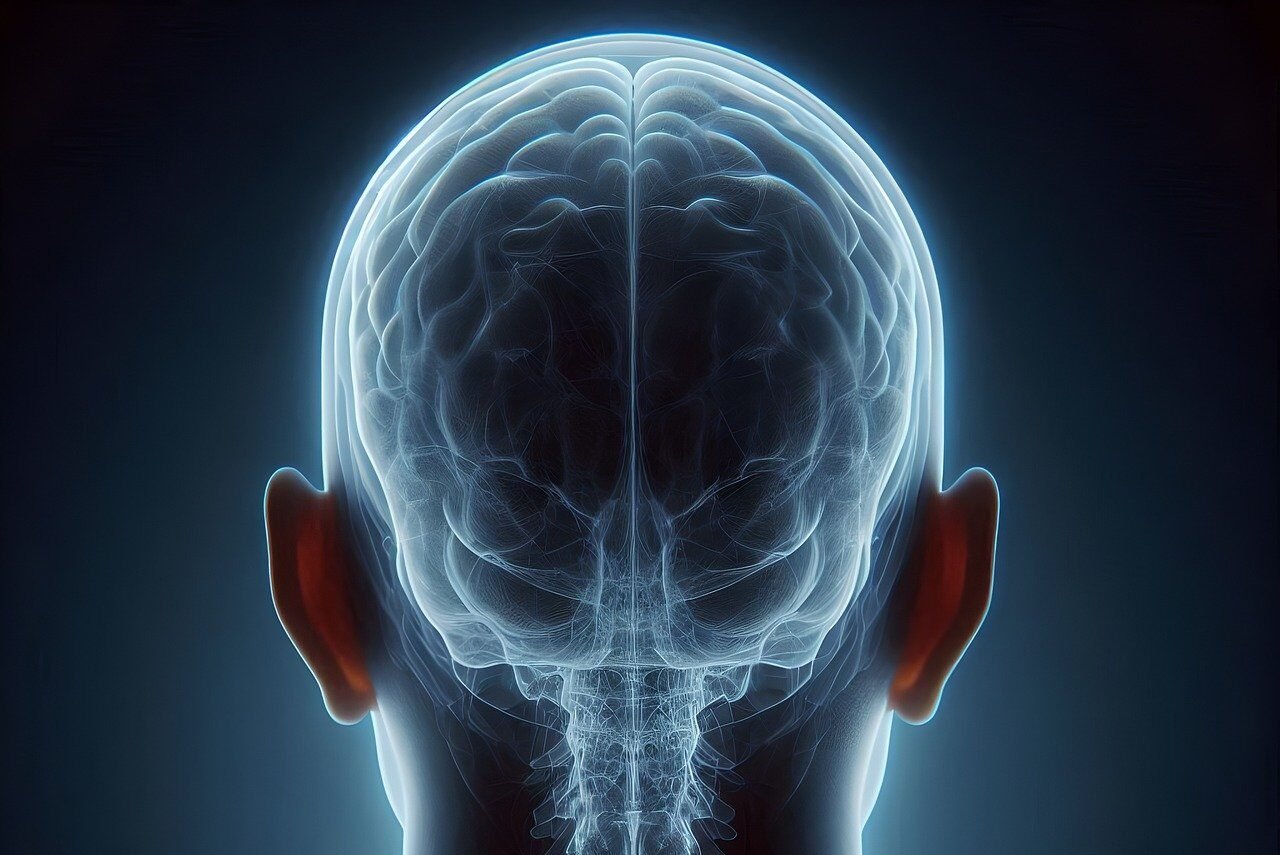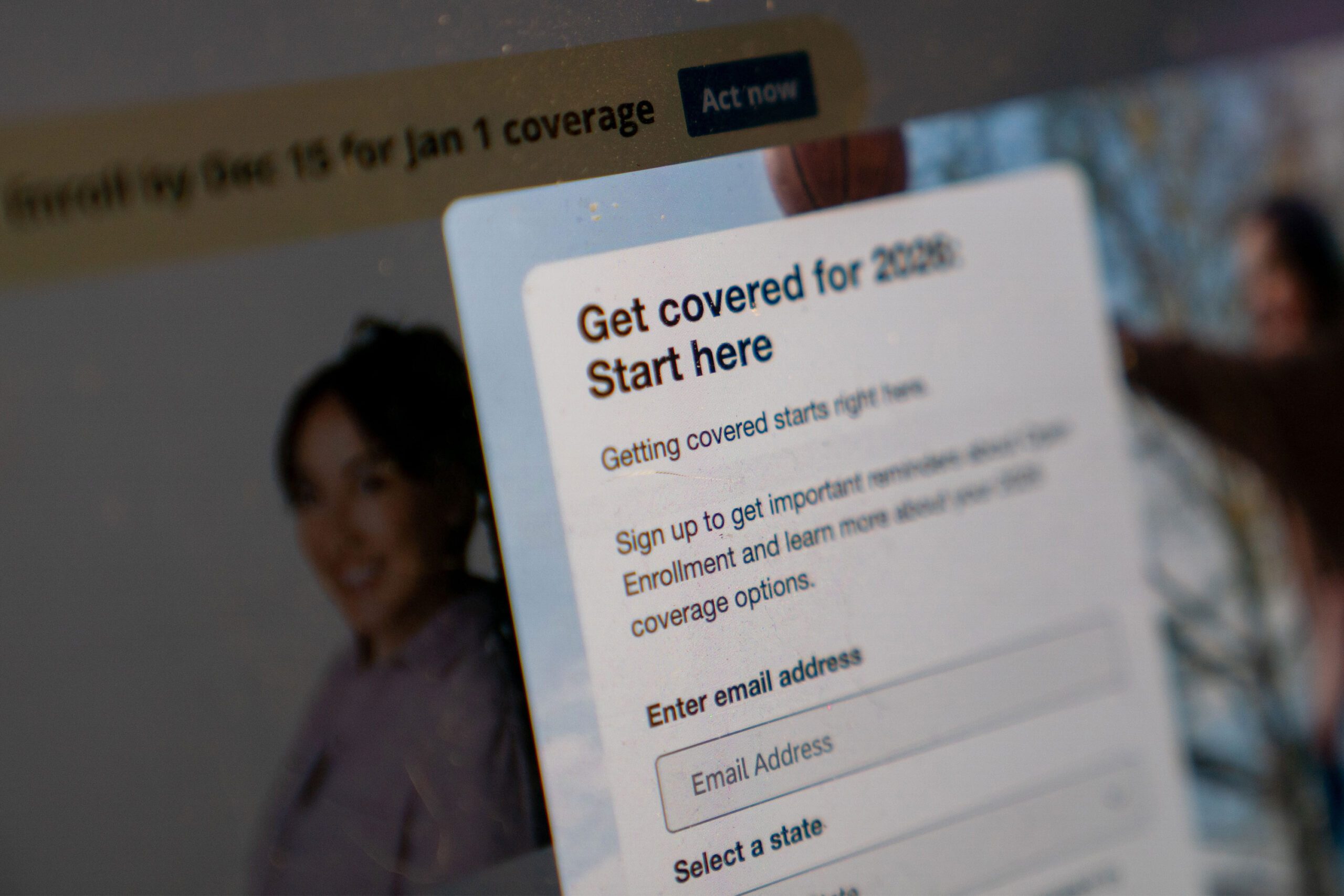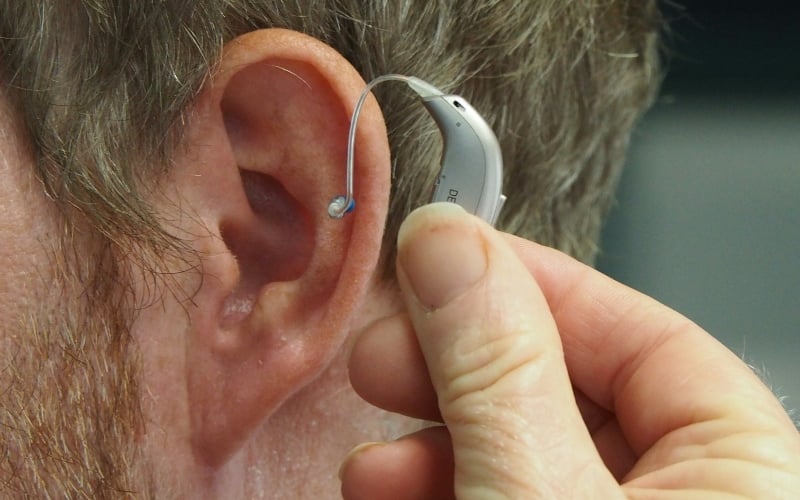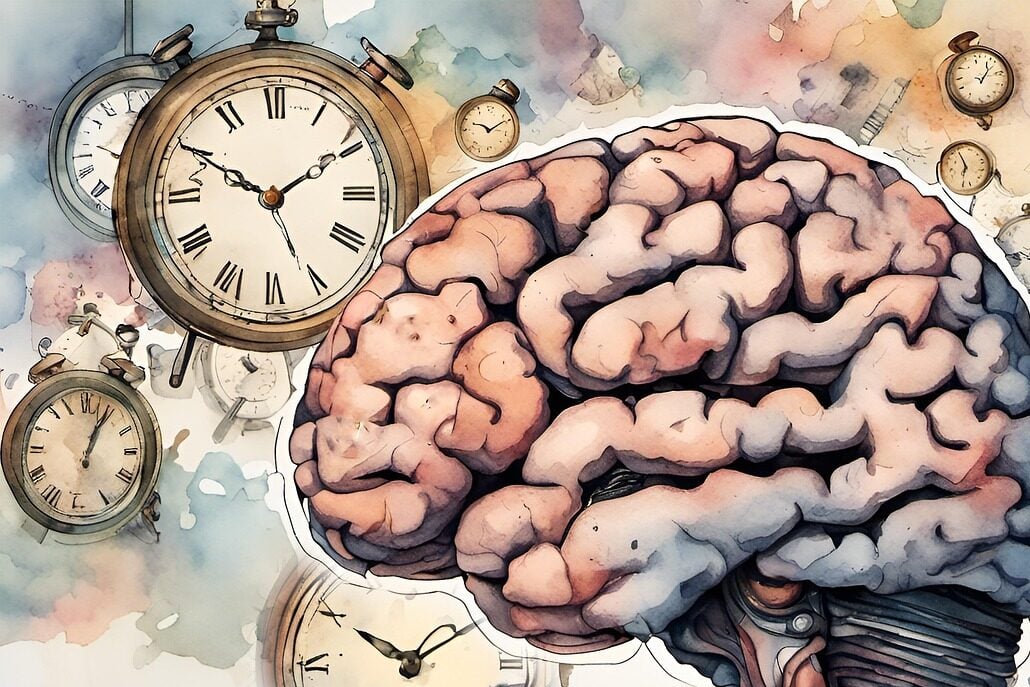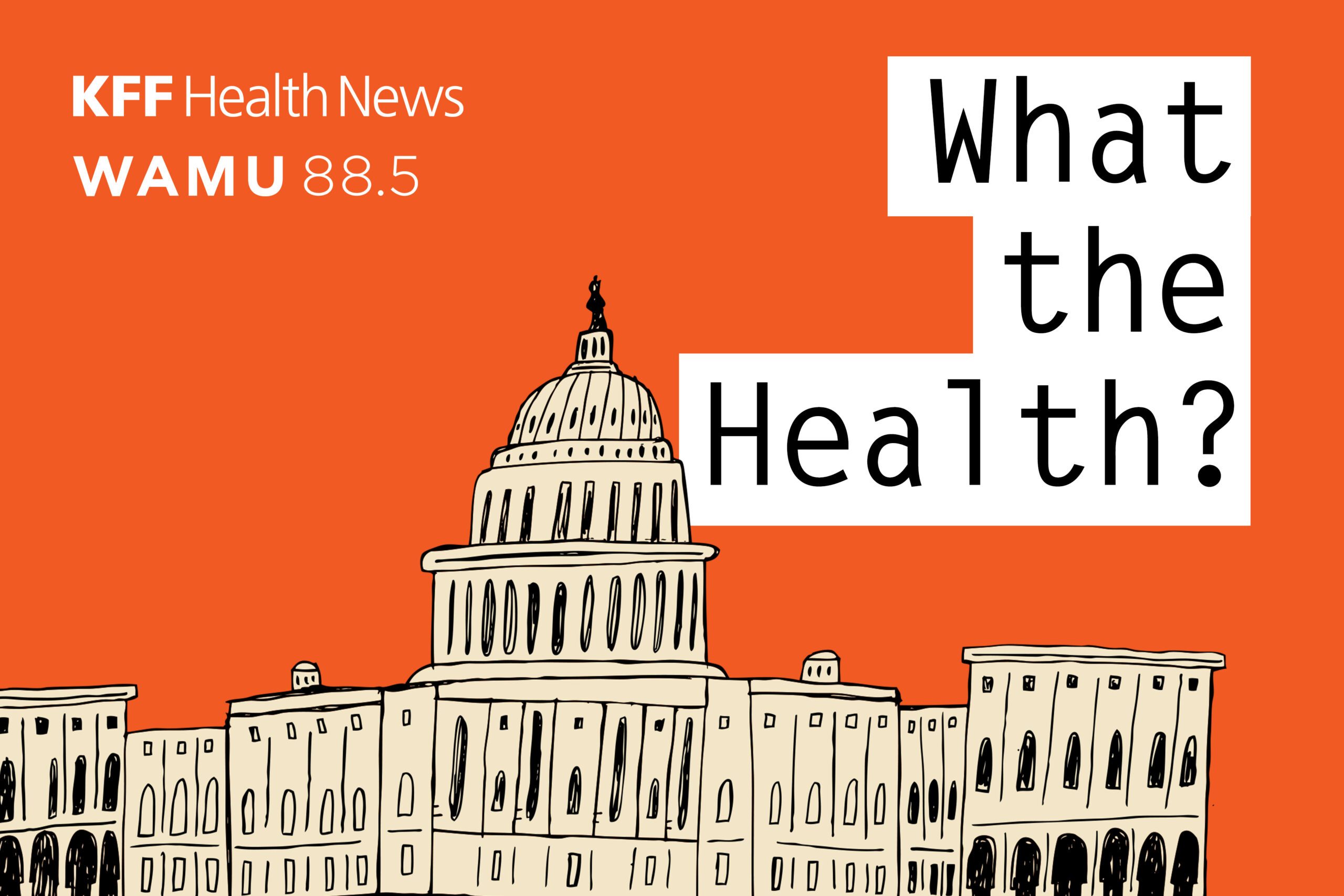While mammograms are an essential tool in catching breast cancer early, they aren’t completely infallible. It is common for them to produce false positives, or mammograms that look abnormal despite a lack of cancer in the breast. A new study from University of California Davis recently found just how common this is, with two different types of mammography.
The UC Davis team examined the false positive rate of both 3D mammography and 2D mammography in women who had a screening every other year and those who were screened every year. Though 3D mammography is a bit more advanced, the team found that it still led to about 50% of women receiving a false positive after 10 years of annual screenings. The rate for 2D mammography, meanwhile, was about 56%. The findings, published in JAMA Network Open, were somewhat unexpected for the researchers.
PHOTO: ADOBE STOCK / GORODENKOFFThao-Quyen Ho, co-first author and research fellow at UC Davis School of Medicine, says, “We were surprised that the newer 3D technology in breast cancer screening does not substantially reduce the risk of having a false positive result after 10 years of screening; however, chances of false positives are much lower with repeated biennial vs. annual screening.”
To determine the prevalence of false positives, the team looked at Breast Cancer Surveillance Consortium data from 3 million mammograms among just over 900,000 women. They were conducted between 2005 and 2018 at 126 radiology facilities. Researchers focused on the type and interval of screening, age, breast density, and the risk of a false positive leading to a follow-up.
The findings indicated that within 10 years of annual 3D mammograms, an estimated 50% of patients will face at least one false positive recall, 17% will be asked to do more imaging within six months, and 11% will end up undergoing a biopsy. For annual 2D screening, those figures are 56%, 18%, and 12%, respectively.
 PHOTO: ADOBE STOCK / SNOWING12
PHOTO: ADOBE STOCK / SNOWING12 When it comes to biennial appointments, both forms of screening saw a drop off in these numbers. For example, 7% of women undergoing biennial 3D mammograms are estimated to have a false positive lead to a biopsy. For the biennial group, patients who have 3D mammograms also have lower estimated false positive rates than those with 2D mammography.
Unfortunately, these incidents can lead to undue stress on patients, concerned that they may have cancer.
Diana Miglioretti, senior author and UC Davis professor, explains, “Despite the important benefit of screening mammography in reducing breast cancer mortality, it can lead to extra imaging and biopsy procedures, financial and opportunity costs, and patient anxiety.”
The study found that younger women and those with dense breasts were more likely to experience this.
 PHOTO: ADOBE STOCK / LENETS_TAN
PHOTO: ADOBE STOCK / LENETS_TAN While being recalled after a mammogram can be jarring, the team reminds women that it’s more likely that cancer will not be detected. They say that roughly 1 in 8 2D mammograms will call for more work-up, but only 4.4% of them find cancer.
Ho says, “To detect breast cancer early, we need to be careful and investigate any potentially abnormal findings. So, women should not be worried if recalled for additional imaging or biopsy. The vast majority of these results are found to be benign.”
The American Cancer Society notes that a first mammogram has a higher likelihood of leading to a false positive. Women taking estrogen or who have had a breast biopsy are also at higher risk.
Provide Mammograms
Support those fighting Breast Cancer at The Breast Cancer Site for free! →
WhizzcoOriginal Article

